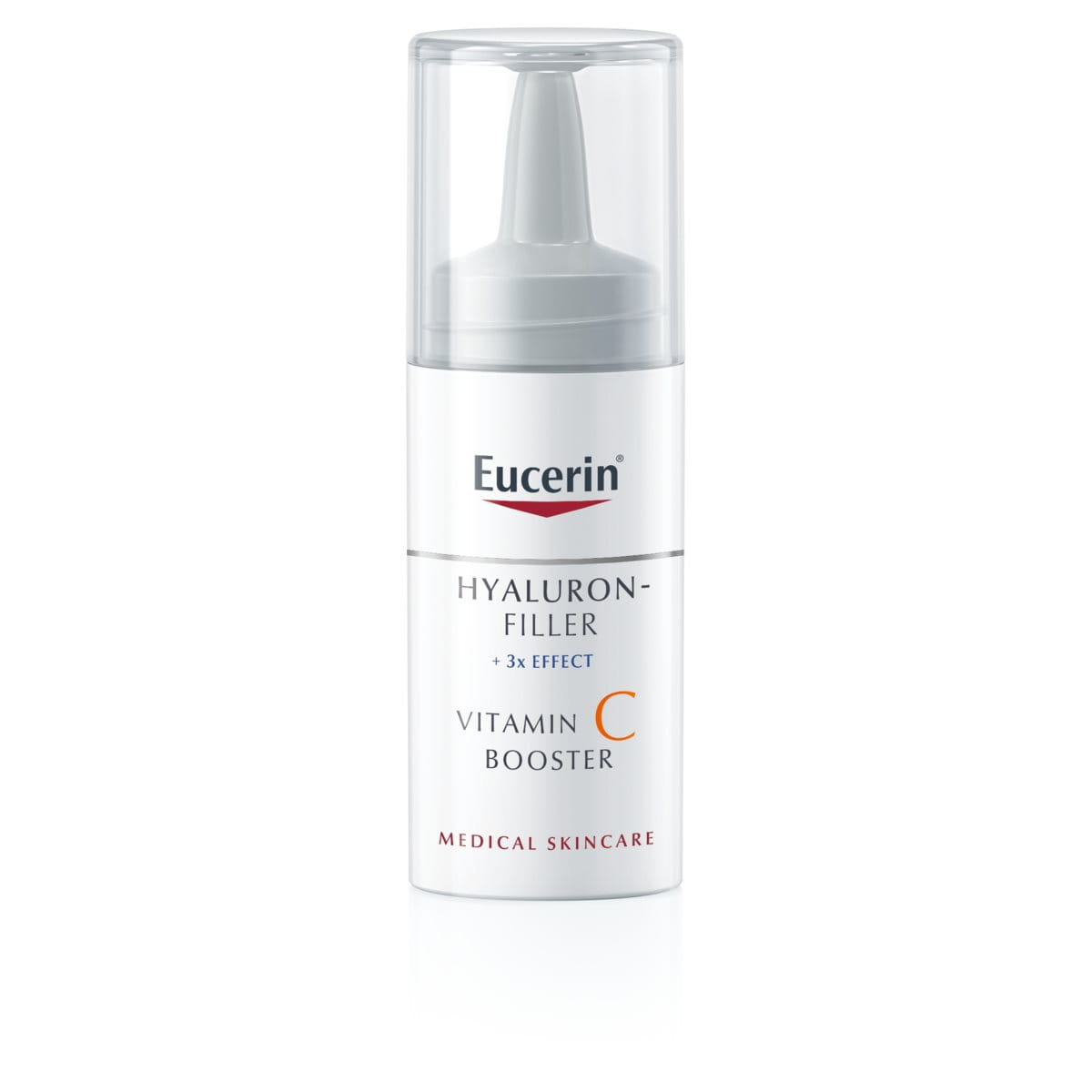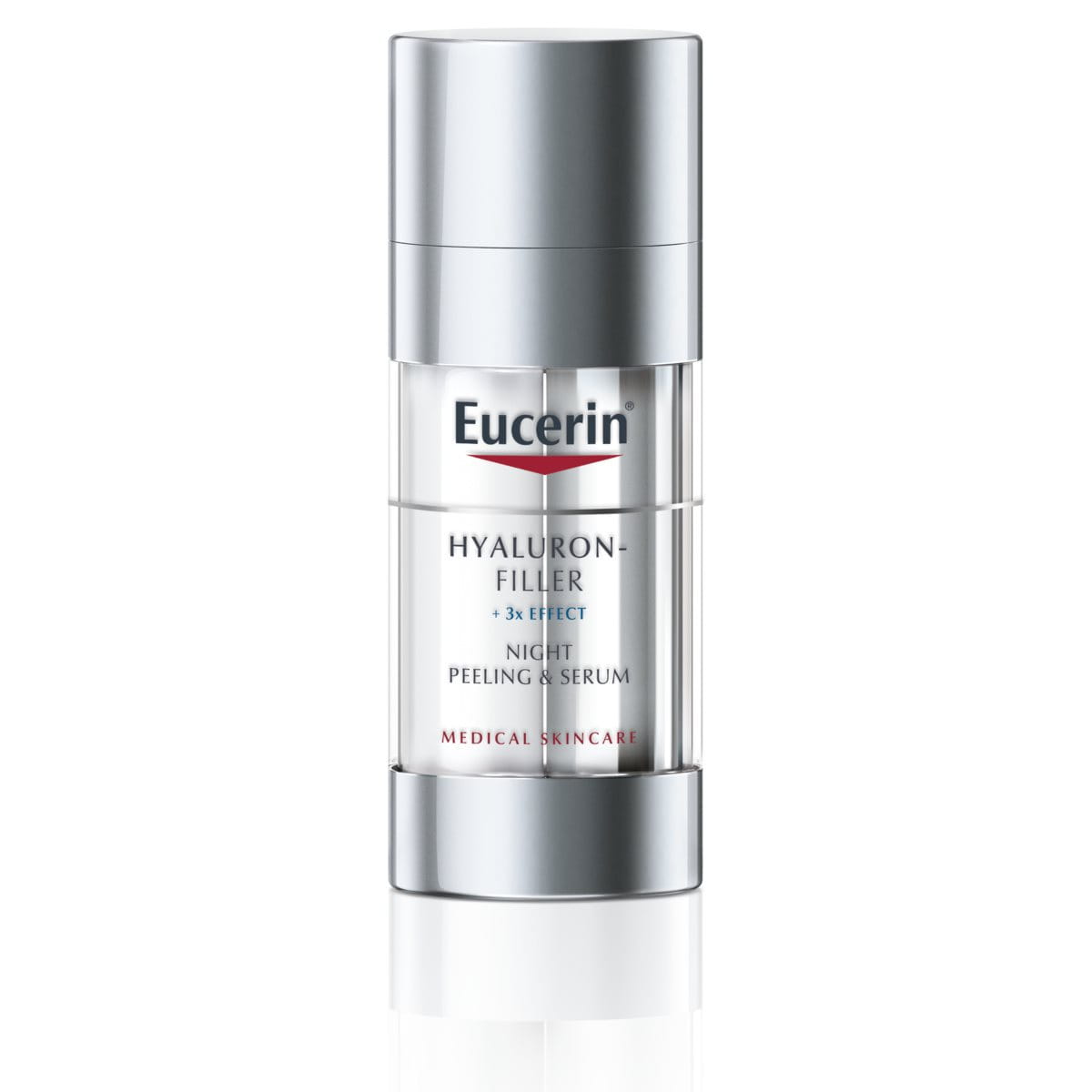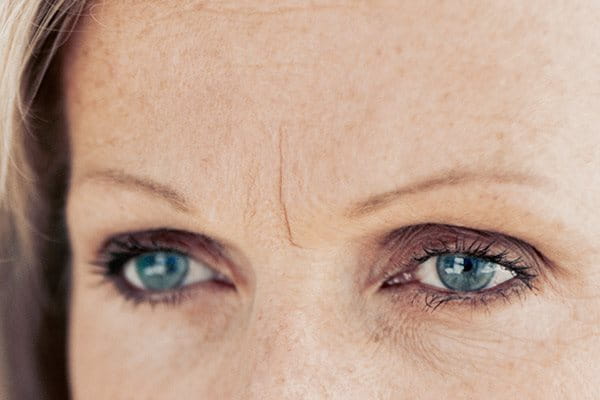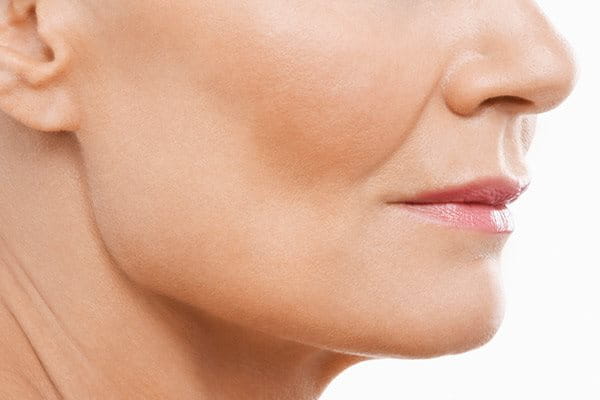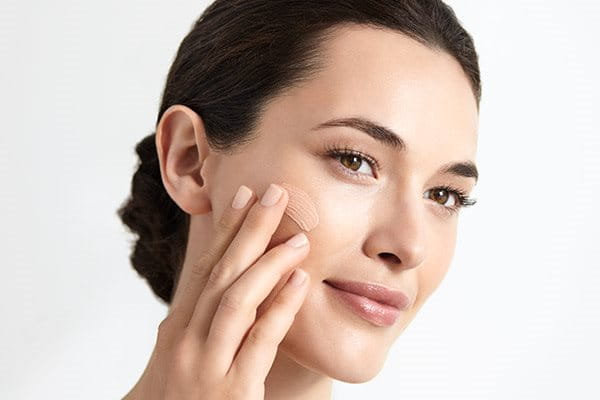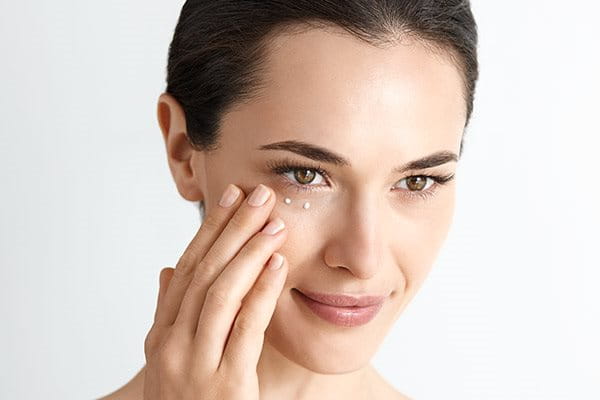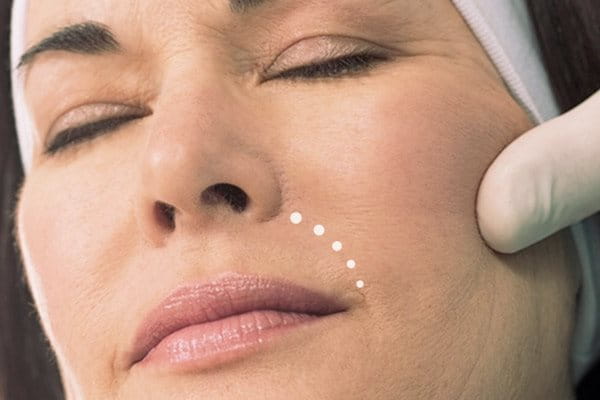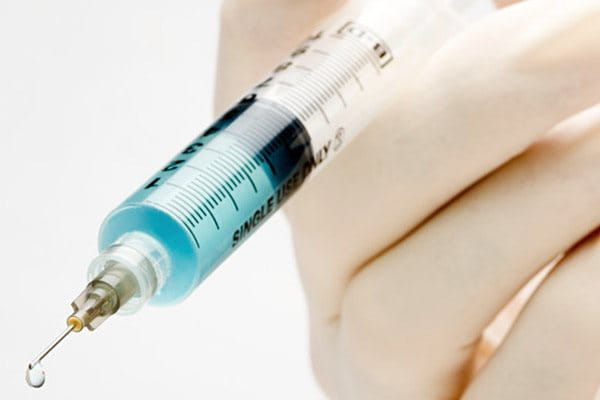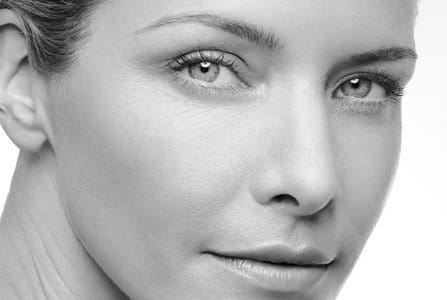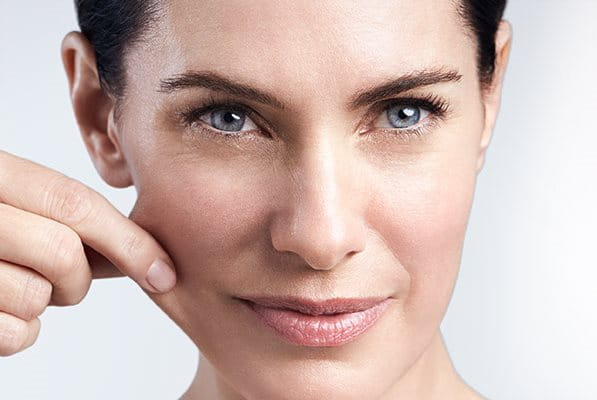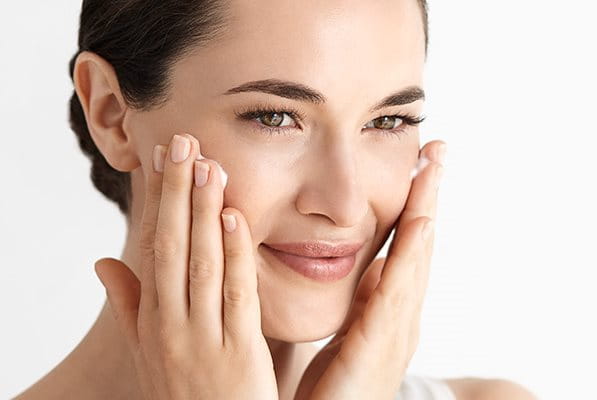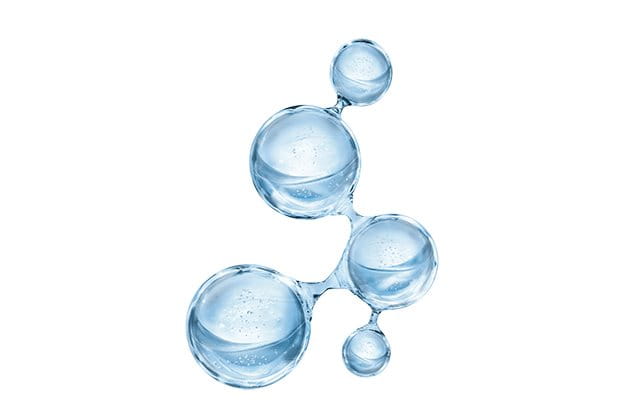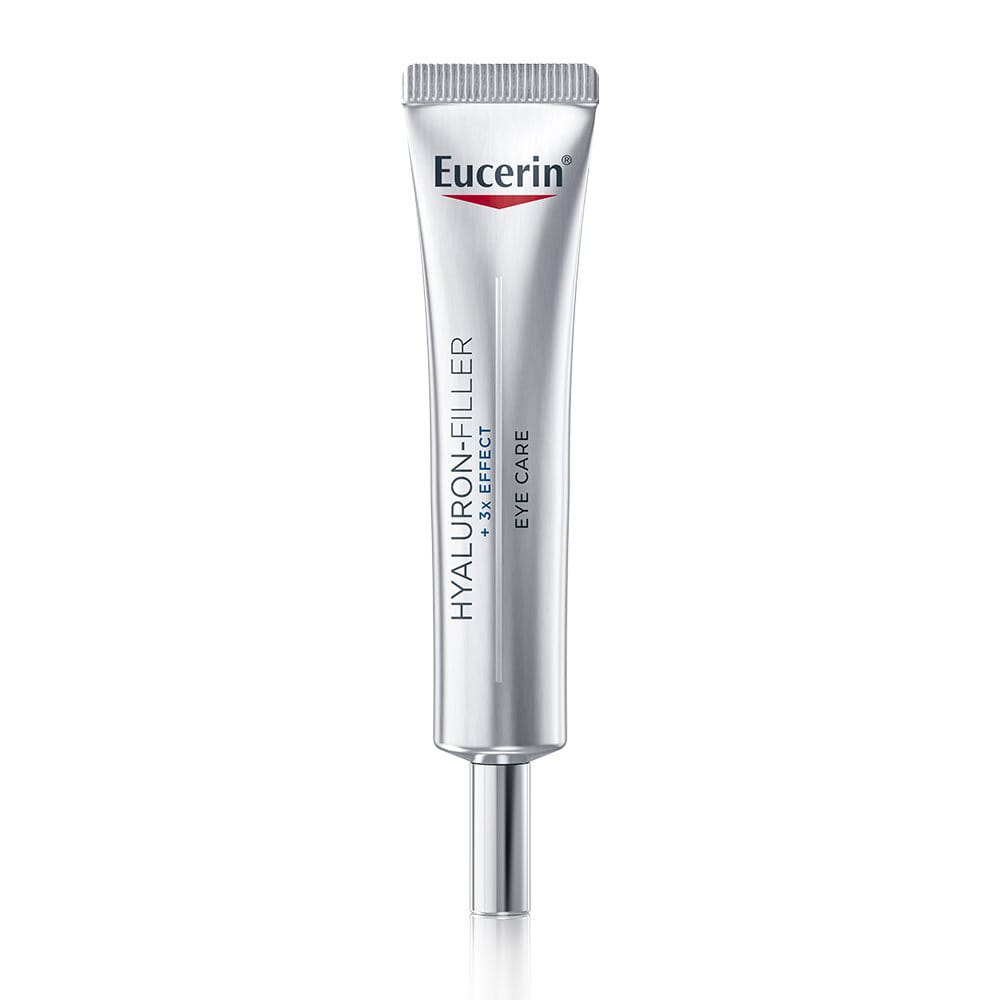While our skin is as individual as we are, and skin ages differently depending on our genetics and lifestyle, the first signs of skin aging normally appear on the surface of skin from around the age of 30.
As skin ages its processes slow down and its structure weakens. The substances that keep skin firm and smooth start to reduce. This is due to a combination of internal and external factors.
The most noticeable first signs of skin aging are fine lines and wrinkles which deepen with the passing of time. There is a range of ways to treat them and reduce their appearance. Some methods are invasive, others are non-invasive. Some offer immediate benefits and others longer-term results.


